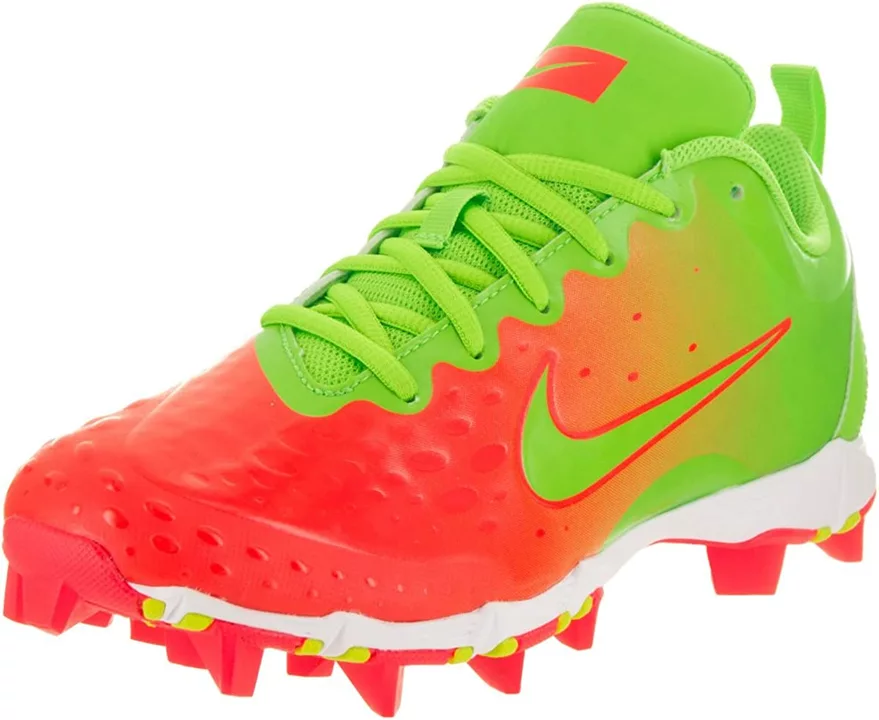Soccer Cleats: How to Pick the Right Pair and Keep Them Great
Ever wondered why some players seem to glide across the pitch while others stumble? A big part of that difference is the shoes they wear. The right soccer cleats can give you better traction, comfort, and confidence. Below are the basics you need to know before you buy and how to look after them so they last.
How to Choose the Right Soccer Cleats
First, think about where you play most often. Firm natural grass needs longer studs for deep grip, while artificial turf works best with shorter, rubbery studs that spread pressure evenly. If you jump between surfaces, look for a hybrid sole that handles both.
Next, check the fit. Your foot should feel snug but not cramped. Slide your toes forward a little – you need a tiny wiggle room. A tight heel prevents slipping, while too much space can cause blisters.Material matters too. Leather molds to your foot over time, offering a customized feel, but it needs more care. Synthetic uppers are lightweight and water‑resistant, perfect for wet conditions, though they can feel less forgiving at first.
Consider your position. Defenders often prefer sturdy boots with a wider base for stability. Wingers and forwards usually like lighter models that let them accelerate quickly. Goalkeepers need shoes with extra ankle support, though many just wear a regular pair for agility.
Finally, set a budget. You don’t have to splurge on the newest release to get a solid pair. Mid‑range models from reputable brands often deliver the same performance as premium lines for most players.
Caring for Your Soccer Cleats
Cleaning right after a game makes a huge difference. Knock off mud with a soft brush, then rinse with lukewarm water. Avoid hot water – it can shrink synthetic materials. Let them air‑dry naturally; don’t toss them in the dryer.
Store them in a cool, dry place. If they’re still damp, stuff newspaper inside to absorb moisture and keep the shape. This also helps prevent bad odors.
Replace worn studs before they become dangerous. Rough or broken studs lose traction and can cause slips. Most brands sell replacement studs – just follow the simple screw‑in instructions.
If you use leather boots, apply a light leather conditioner every few weeks. It keeps the material supple and prevents cracking.
Lastly, rotate your shoes. Having at least two pairs lets each pair rest and dry fully between sessions, extending their life and keeping performance consistent.
Choosing the right soccer cleats and looking after them doesn’t have to be complicated. Focus on the surface, fit, material, and your position, then give them a quick clean and proper storage. With these steps, your feet stay comfortable and you stay on top of your game.
